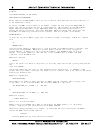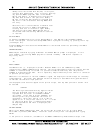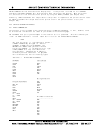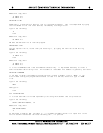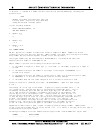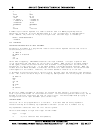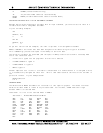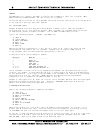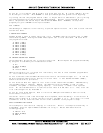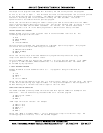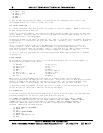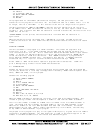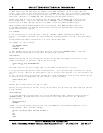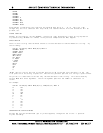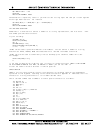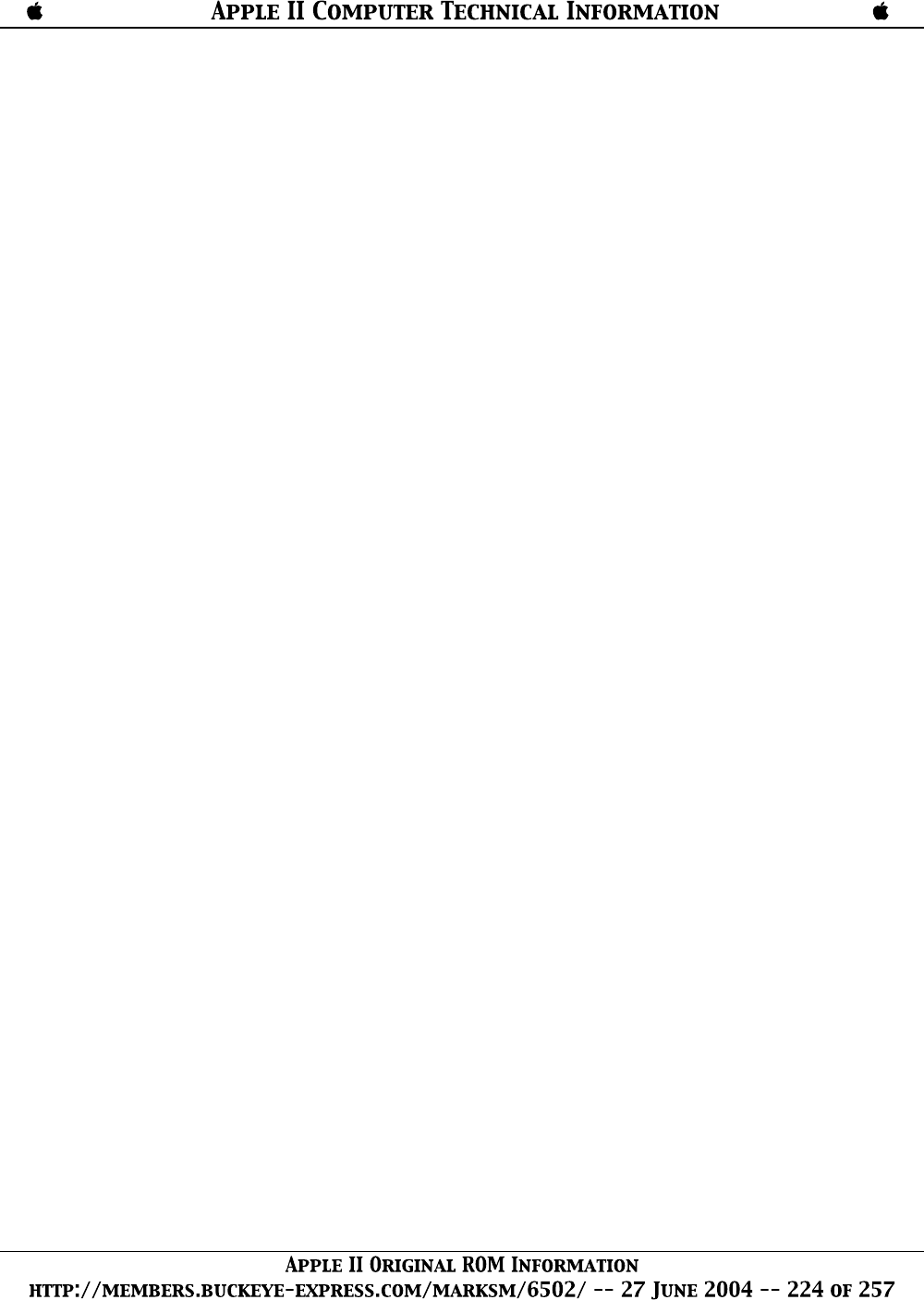
REMARKS
The REM (short for "remark") statement is used to insert comments or notes into a program. When
BASIC encounters a REM statement, the rest of the line is ignored.
This serves mainly as an aid for the programmer and serves no useful function as far as the operation
of the program in solving a particular problem.
207 RELATIONAL TESTS
Suppose we wanted to write a program to check whether a number is zero. With the statements
we've gone over so far, this could not be done. What is needed is a statement which can be used
to conditionally branch to another statement. The "IF-THEN" statement does just that.
Type in the following program: (remember, type NEW first)
10 INPUT B
20 IF B=0 THEN 55
30 PRINT "NON-ZERO"
40 GOTO 10
50 PRINT "ZERO"
60 GOTO 10
When this program is typed and run, it will ask for a value for B. Type in any value you wish.
The AIM 65 will then come to the "IF" statement. Between the "IF" and the "THEN" portion
of the statement there are two expressions separated by a "relation."
A relation is one of the following six symbols:
RELATION MEANING
-------- ------------------------
= EQUAL TO
> GREATER THAN
< LESS THAN
<> NOT EQUAL TO
<= or =< LESS THAN OR EQUAL TO
=> or >= GREATER THAN OR EQUAL TO
The IF statement is either true or false, depending upon whether the two expressions satisfy the
relation. For example, in the program we just did, if 0 was typed in for B the IF statement would
be true because 0=0. In this case, since the number after the THEN is 50, execution of the program
would continue at line 50. Therefore, "ZERO" would be printed and then the program would
jump back to line 10 (because of the GOTO statement in line 60).
Suppose a 1 was typed in for B. Since 1=0 is false, the IF statement would be false and the program
would continue execution with the next line. Therefore, "NON-ZERO" would be printed and the
GOTO in line 40 would send the program back to line 10.
A PROGRAM USING RELATIONS
Now try the following program for comparing two numbers:
10 INPUT A,B
20 IF A<=B THEN 50
30 PRINT "A IS BIGGER"
40 GOTO 10
50 IF A<B THEN 80
60 PRINT "THEY ARE THE SAME"
70 GOTO 10
80 PRINT "B IS BIGGER"
90 GOTO 10
When this program is run, line 10 will input two numbers from the keyboard. At line 20, if A is
greater than B, A<=B will be false. This will cause the next statement to be executed, printing
"A IS BIGGER" and then line 40 sends the computer back to line 10 to begin again.
At line 20, if A has the same value as B, A<=B is true so we go to line 50. At line 50, since A has
the same value as B, A<B is false; therefore, we go to the following statement and print "THEY
ARE THE SAME." Then line 70 sends us back to the beginning again.



